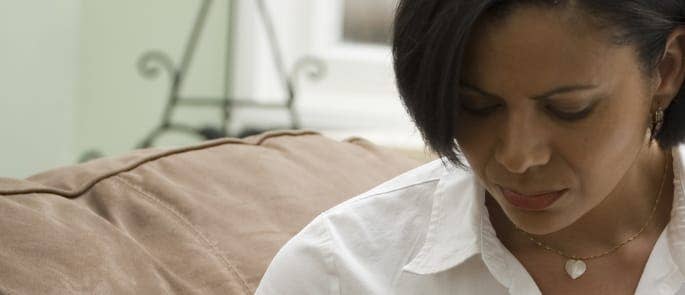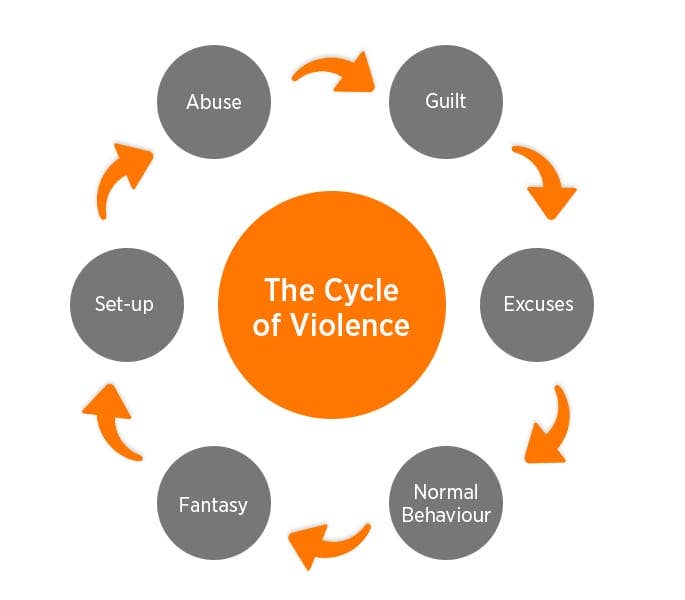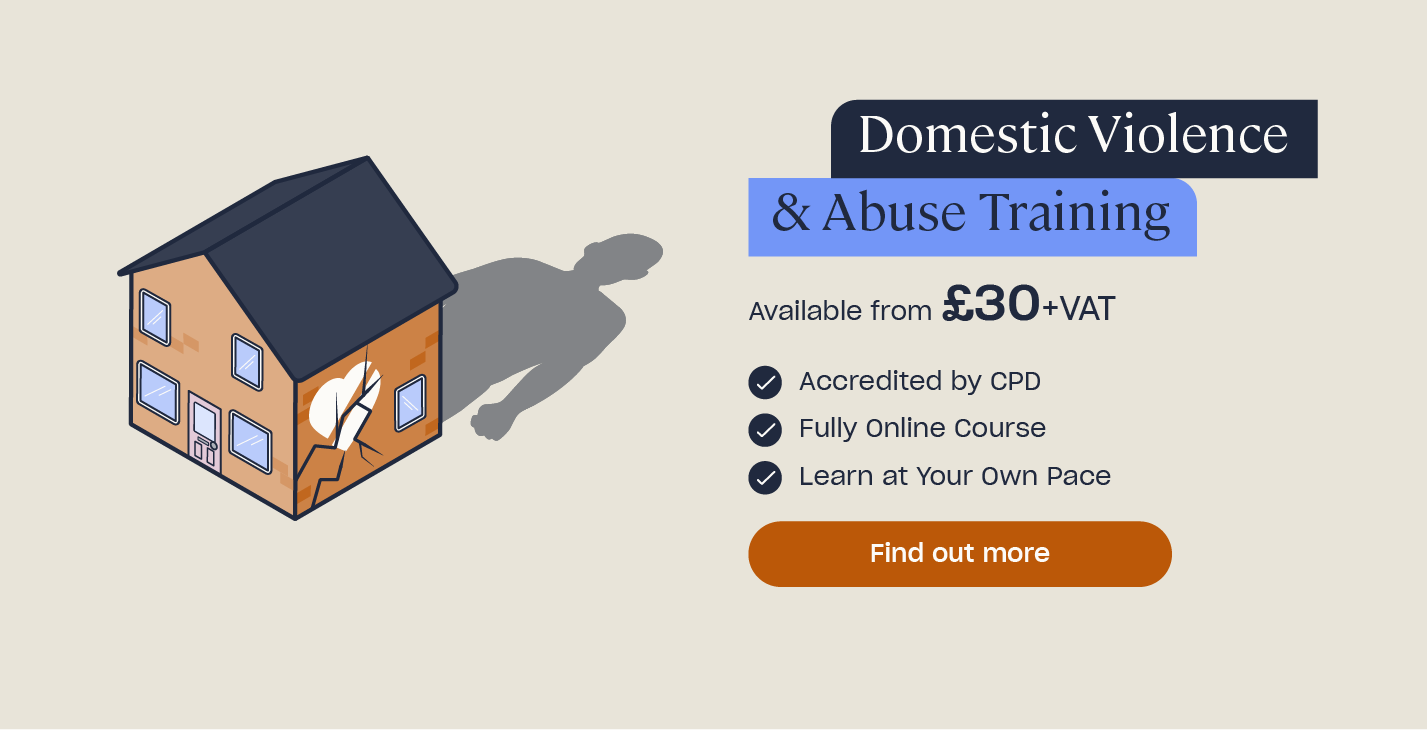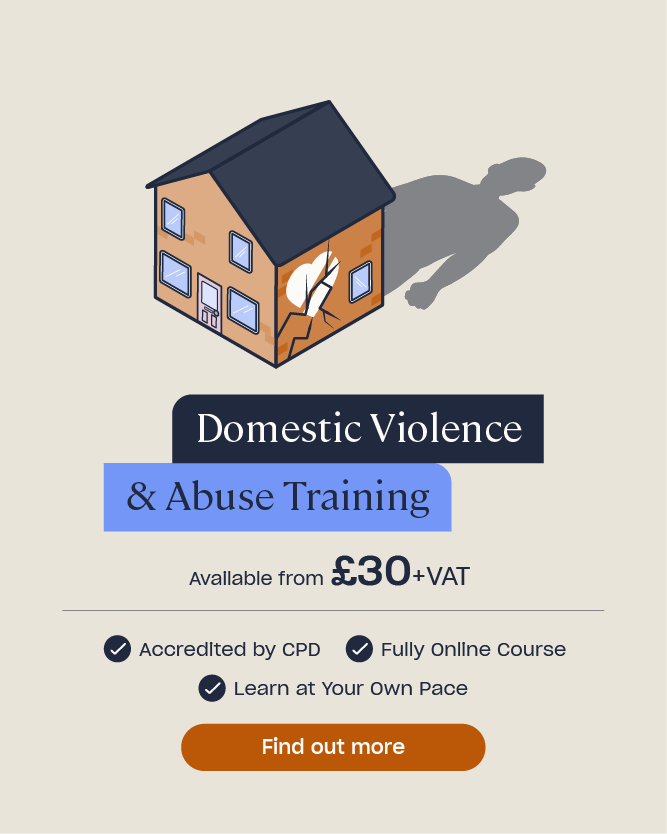Understanding the Cycle of Violence in Domestic Abuse
Domestic abuse is a cycle of cruelty, control, and fear. It can happen to anyone, regardless of gender, race, sexuality, or age.
In many situations, domestic abuse is simply overlooked, excused, or denied – this is the power it has over those who must live in constant fear of their abusers.
What is Domestic Abuse?
Domestic abuse refers to any incident of threatening behaviour or violence (either physically or verbally) directed at a person’s spouse, family member, or child. It happens when an abuser intends to gain and maintain control over someone – they accomplish this through mistreatment, aggression, and manipulation.
There are fives main types of abuse:
1. Physical abuse – the abuser inflicts harm on another person either through a direct physical attack or by using objects as weapons. It can lead to either short-term or long-term injury.
Physical assault or battery is a crime, plain and simple – whether it occurs inside or outside of the family. While physical abuse is the most common – leaving a person with visible bruises and scars – other forms of abuse are often considered more damaging to an individual’s overall and long-term wellbeing, particularly emotional and psychological abuse.
2. Emotional abuse – the abuser chips away at a person’s self-esteem and independence by constantly insulting, blaming, and shaming the person they aim to control.
This enables the abuser to retain control over the individual, whose confidence and independence has been crippled. The thought patterns of the person being abused change; they think everything negative their abuser says is true, and believe they really are worthless. In turn, they become too afraid to leave the relationship, and are left feeling powerless.
The person being abused cannot stand up for themselves because they no longer have their own two legs to stand on; the abuser becomes their crux.
3. Psychological abuse – this is closely linked with emotional abuse. The abuser uses manipulation and lies to make a person believe that things are different from what they truly are. As a result, the person’s self-confidence is damaged; they start second-guessing everything and everyone (including themselves).
Both emotional and psychological abuse affect a person over a prolonged period of time; it continuously chips away at their mental state and belittles their position in the relationship. It leaves deep-rooted mental wounds that often take a long time to recover from, including a vicious cycle of negative, hopeless thinking.
4. Sexual abuse – the abuser asserts his dominance over another person by forcing them to participate in unwanted, degrading, and most likely unsafe sexual activities. This is often categorised with physical abuse, as the abuser can cause harm (both intentionally and unintentionally) to the body of the person being sexually abused.
Being forced into sex – regardless of whether you are married or not – is an act of aggression, abuse, and violence; it is rape.
Don’t let anyone make you think otherwise: there is no excuse for this criminal behaviour.
5. Financial abuse – the abuser withholds money, controls your finances, forces you to account for every little expense, or simply takes your money for themselves.
Financial abuse is another way of gaining control and asserting dominance. It takes away the independence of the person being abused, and prevents them from doing anything the abuser deems ‘inappropriate’. It can affect a person’s self confidence by leading them to believe they can’t be trusted with money. And most notably, it prevents them from escaping their abuser: without finances, they can’t travel, buy food, pay for accommodation – or anything.
Nobody has the right to use your money or control how you spend it – this is nothing more than abuse.

Any one of or a combination of these forms of abuse seriously affect the sufferer’s physical and mental state long-term. They are all equally unjust and cruel, and no one must stand for it.
Hundreds of thousands of men and women alike continue to suffer year after year at the hands of their abusers because they can’t get out, and can’t call for help due to fear.
Domestic Abuse UK Statistics
Domestic abuse is, unfortunately, a very real issue in the UK. More often than not, the victim has been suffering for a long time, or the abuse is responsible for major problems in their life.
Statistics on abuse in the UK show that:
- 1 in 4 women and 1 in 6 men are affected.
- There were an estimated 1.8 million adults aged 16 to 59 subject to domestic abuse in 2015/16.
- 31% of women and 18% of men have experienced domestic abuse since the age of 16. This amounts to an estimated 5 million women and 2.9 million men.
- In 2012/13, 4.1% of women (662,000) and 1.9% of men (311,000) experienced stalking.
- Domestic abuse is a contributor to 40% of women’s homelessness according to a study by the charity organisation Shelter. It was found to be “the single most quoted reason”.
- The link between physical child abuse and domestic abuse is high, with estimates ranging from 30% to 66% depending upon the study. In other words, those with a history of suffering from abuse are more likely to perpetrate abuse themselves in adulthood.
Fortunately, the overall percentage of cases is declining each year. But the issue is that many cases of abuse are not reported and go undetected for a long period of time. So statistics may not be representative of the bigger picture. Abusers are skilled at concealing the situation and wearing down a person’s psyche to the point where they won’t reach out for help or tell anyone what’s happening.
This is why it’s so important to be aware of the signs. You can either help someone you know who may be subject to abuse, or you can help yourself by recognising what you’re feeling and experiencing isn’t right.
What are the Signs of Domestic Abuse?
Identifying domestic abuse, particularly when you are trapped in its vicious cycle, can be very difficult to do. Unfortunately, many who suffer from continuous abuse are too reluctant to disclose their experience or are unaware that they are actually facing criminal behaviour.
Signs of domestic abuse include:
- Feeling ashamed – the person being abused tries to keep it hidden from their family, friends, or authorities. They feel like they’re to blame and that telling people about the situation will only reflect badly on them.
- Feeling frightened – they fail to report the situation because of the fear that their abuser will find out and enact further abuse. Often, this is a direct threat abusers make.
- Feeling confused – due to emotional and psychological abuse, they feel confused about whether they are to blame and if they have any value as a person at all.
- Thinking that they are to blame – in tandem with feelings of confusion, the abused feels like they have done something to provoke their abuser – that it’s their fault, and that their abuser is the only person who would ever want to be with them.
- Thinking it was a ‘one off’ – manipulation leads the victim to believe that their abuser has ‘changed’ and things can get better, but 9 out of 10 times they won’t. Abuse will likely continue to occur before anything is ever reported, and the person being abused continues to think this time they really are going to change.
- Being blinded by infatuation or their love for the abuser – the victim simply cannot let go of their emotional attachment and accept the truth.
These are all feelings and thoughts that an abuser coerces you into having.
You should never feel ashamed or think that the blame rests with you; this is a situation that has been forced on you by a vindictive person determined to control your life.
Likewise, being blinded by emotional attachments, feeling frightened, and believing that the abuse is a ‘one off’ are all seeds of doubt and control that have been planted in your mind. Confusion is how the abuser wants you to feel so that they can maintain control and manipulate you into thinking whatever they want.
Abusers typically follow a pattern of coercive and controlling behaviour in order to do so. This is known as the cycle of violence.
Need a Training Course?
If you are a social worker or your work touches on anything covered in this article, our range of Safeguarding Courses can provide a further understanding in areas connected to domestic violence and abuse.
The Cycle of Violence
It begins with the act of abuse.
Tension begins to rise between you and your abuser until they eventually lash out with aggressive, belittling, or violent behaviour – either physical, verbal, or both. This is a power play designed to show you ‘who is the boss’ – to make you feel afraid and intimidated by them.
The abuser adopts a façade of guilt.
After abusing you, they show signs of feeling guilty and remorseful. But this is not over what they have done.
It is often a hidden display of concern that they could be caught and face consequences – masked as guilt for harming you. Other times, they are acting in order to deceive and psychologically control you.
A facade of guilt leads you to believe that they are truly sorry, which lures you back into a false sense of security.
They make a string of excuses.
Your abuser rationalises what he or she has done and convinces you that the blame lies elsewhere. They make up excuses about why they behaved abusively, or even blame you for it – anything to avoid taking responsibility for their actions. By painting this image of innocence, they instil a false sense of trust in you.
They revert back to ‘normal’ behaviour.
This is where the infatuation and love you feel are exploited by the abuser. They do whatever they can to maintain control and keep you in the relationship – this includes acting like nothing has ever happened, behaving like they are ‘past it’, or turning on the charm. You’re led to believe that the abuser really has ‘changed’ for the better and that their behaviour was just a lapse. But this is far from the truth.

Remember: despite what you may be led to believe, abusers are able to control their behaviour; this is not a valid excuse. They do it all the time in the form of putting on façades, behaving coyly around your friends and family, stopping their abuse behaviour when it benefits them (e.g. when you’re in public or if the police show up), and directing their aggression only at you.
They begin plan their next act of abuse.
At this stage, the abuser thinks about what you have done wrong and how they’ll berate you for it – all with the intention of reasserting their dominance and wearing down your self-confidence and independence. They begin to turn this fantasy into a plan that they’ll enact in reality.
The abuser sets up situations and takes all opportunities to abuse you again.
Your abuser will find fault in the way you have done something, either by setting you up or by capitalising on an opportune moment where you make a mistake (or where they can twist the truth to make it seem that way). In this situation, they can justify abusing you because they can shift the blame onto you and make you believe it – it sets into motion the ‘excuses’ part of the cycle.
Thus, the cycle all begins once again.
Remember: recognising abuse is the first step to receiving help. Abuse destroys a person’s self-worth, which can take a long time to regain. You deserve to feel confident in yourself. You deserve to feel valued as an individual. You deserve to be free of harm.








